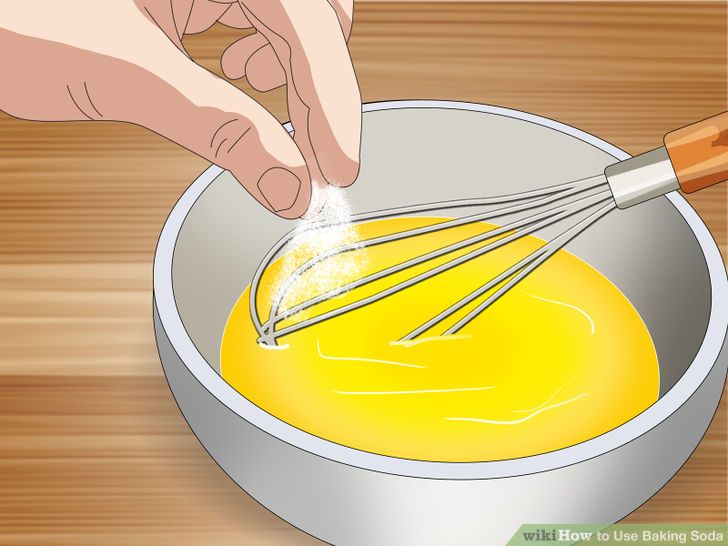Packaged foods not good for health
How many foods do you eat each day that come from a box, can, bag, or container of some kind? When I’ve asked clients to track this, they’re often shocked at just how few fresh foods they eat, and paying attention to your packaged versus fresh ratio is important.
According to a recent study published in the British Medical Journal, the synthetic chemicals used in food processing and packaging can leach into food and can lead to chronic, low-level ingestion of these substances over a lifetime. Some, such as bisphenol A (BPA) can disrupt hormone production and balance, and others, like formaldehyde, are linked to cancer risk. (Plus, some packaged foods can be high in salt and fat, neither of which help your waistline.)
While it’s not practical to eliminate packaged foods completely, there are ways to cut back so you can reduce your exposure and protect your health. Try these five fresh food strategies.
Reach for more “loose” produce
I’m talking package-free fresh fruits and veggies from the supermarket or farmer’s market. You can avoid plastic by picking up some natural fiber reusable mesh produce bags (about $3 each, and they’re machine washable). Swap processed snacks for your fresh fruit bounty. And if time is an issue for veggies, choose favorites that don’t require much prep. For example, after washing, baby Brussels sprouts or asparagus spears only need a light mist of olive oil and a dusting of cracked black pepper before you pop them in the oven to roast. And string beans or snow peas can be steamed over lemon water in minutes.
Shop the bulk section
You can buy many healthy staples in bulk, like oats, wild rice, quinoa, nuts, beans, lentils, and dried fruit, which can be stored in sealed glass containers at home. This is a terrific option for buying only what you need to avoid waste and reducing the number of products that sit in your cupboards wrapped in packaging. It’s also a great way to avoid preservatives, artificial additives, and extra sodium. If you ever forget how to prep something (like how much water to boil for quinoa), or you need some easy recipes ideas, simply hop online and do a quick search.
Switch to filtered water
Ditch plastic bottles and save a ton of dough by investing in a water filter or filtering pitcher. Then take your H2O on the go in a stainless steel water bottle. One of my clients was reluctant to kick her bottled water habit, but when she realized it was costing her up to $500 a year and she was potentially swallowing hormone-disrupting chemicals, she was on board.
Buy or grow potted herbs
You can’t get much fresher than herbs still rooted in soil. Grow your own or pick up a small plant or two, like basil, mint, rosemary, cilantro, dill, or thyme. Most grocery stores sell them in the produce section, and I almost always find “living herbs” at my local farmer’s market. Aromatic, flavorful, antioxidant-rich herbs are an ideal way to season other fresh foods without using sugar or salt. I love to whip mint into fruit smoothies, sauté or marinate veggies with fresh basil, fold cilantro into mashed avocado, and add dill to dishes like brown rice and pureed cauliflower. A little bit goes a long way, and you can snip off just what you need, so a $2 or $3 plant will last a long time.
Written by Dr. Ajay Sati.

